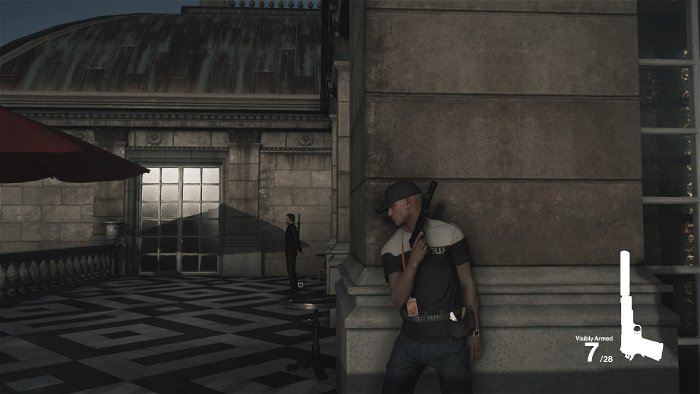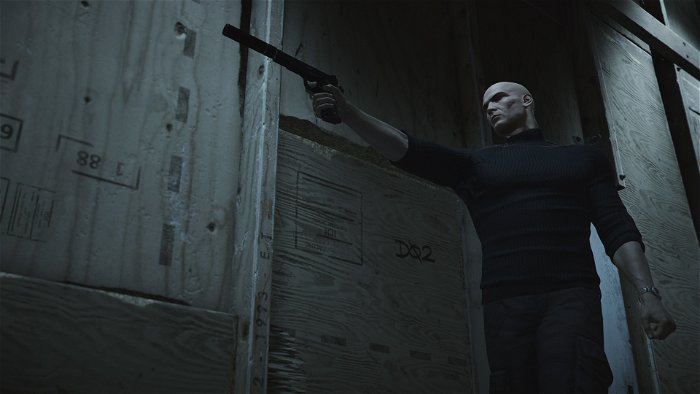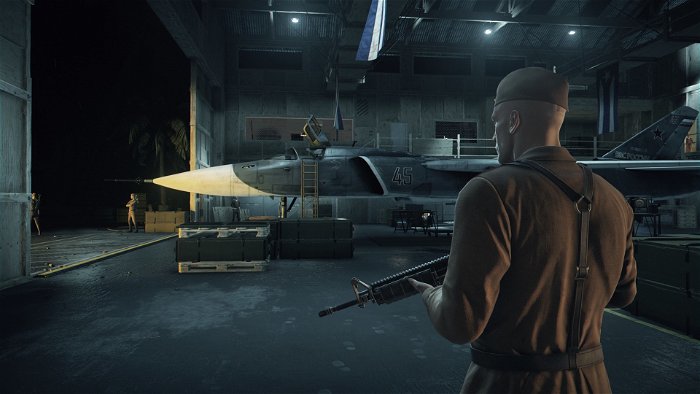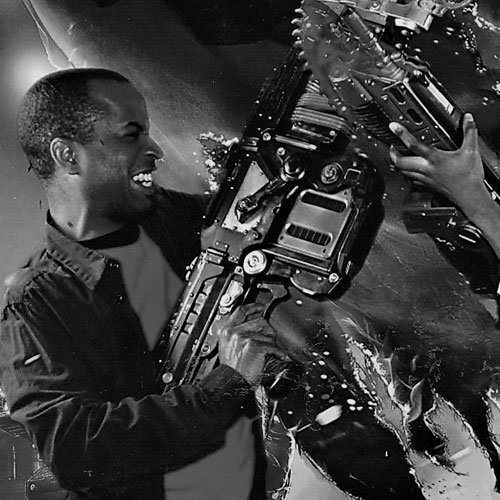2016 will be remembered as a particularly auspicious year for the Hitman franchise. The burden has never been greater on steadfast developer, IO Interactive, to produce a new Hitman game that lives up to the expectations of fans that were spoiled by the sandbox murder-simulation thrills of 2002’s Hitman 2: Silent Assassin and its successor, Hitman: Blood Money (2006). And never has a Hitman game dared to release in a fully-episodic format. This second move raised the ire of more than a number of gamers in this new age of questionable crowdfunding, cancelled Kickstarters, unfinished, buggy games at launch and unproven, early-access experiments masquerading as finished products with $60+ price tags. But despite some shaky PR moments over the past year in regards to how the product will rolled out, IO has held fast to their new vision for Hitman, and now the “pilot episode” has finally arrived for our consumption. Naturally, the following review and its corresponding score are only indicative of Episode One and not the finished product, but if this first taste is any signal of what is to come, Hitman fans have plenty to be excited about.

Although Hitman is officially a sequel to 2012’s Hitman: Absolution, the first two prologue missions in Episode One take place twenty years prior. The focus is on protagonist Agent 47’s recruitment into the ICA (International Contract Agency) and his initial pairing up with his eventual longtime long-time handler, Diana Burnwood. These elaborate simulation jobs, which respectively take place on a crowded luxury yacht and highly-guarded Russian military base in 1950’s Cuba, serve not only as an origin tale but also as a tutorial, introducing both novice and experienced players to the game’s new mechanics before dropping them into present day Paris – The Showstopper mission.

While much of the stealth game play in Hitman has remained the same, the series’ trademark detection-avoidance system was tweaked to strike a happy medium between Absolution‘s “super-power”-like Instinct ability and Blood Money/Silent Assassin‘s “always-on” NPC alertness. A visible white dot above an NPC’s head signifies that person’s level of alertness and/or familiarity with staff and people close to them, while a grey dot (which only appears on the minimap) indicates the person isn’t likely to react to Agent 47 unless he does something overtly suspicious. While simplistic, these visual cues serve to give 47’s threat assessment abilities a more latent and natural feel. It’s expected that a professional killer of 47’s pedigree can “read the room” and assess the most immediate threats in advance; a stark difference from Absolution where nearly everyone is a threat that requires circumvention by using a portion of 47’s “Instinct Meter”. To avoid alerting “white dot” NPCs, 47 must avoid direct or prolonged line-of-sight with them by using distance and cover, don a more convincing disguise, or remove them from the equation entirely (and since 47’s livelihood and survival both depend on attracting as little attention as possible, doing the latter in a discreet manner is paramount). That said, 47 can still use his Instinct ability at any time to locate the position of his targets or highlight nearby objects he can interact with. Both are welcome features given the immense size and density of the Paris map, which is reportedly 6 times larger than Absolution‘s largest level and populated by as many as 1600 NPCs (including 300 unique NPC targets).

Old-school Hitman fans will be happy to know that pre-mission weapon loadouts are back. Once they reach the Paris level they can unlock new starting locations within the area along with hidden drop spots where additional items or difficult-to-conceal weapons (e.g. a sniper rifle) can be concealed prior to game-play. Finally, some new AI routines now allow for more interesting and clever encounters with gatekeeper NPCs without necessarily causing a ruckus. For example, 47 can “accidentally” trespass into a restricted area as a civilian in order to have a security guard escort him out, so he can then isolate and subdue the guard away from the watchful eyes of fellow staff or a security camera (and of course, take his clothes). In a similar fashion, 47 can intentionally leave a firearm out in the open (ideally along a guard’s patrol path) so that a civilian or guard will pick it up and deposit it in a nearby security container, a distraction that can offer an intruder like 47 multiple benefits.



Having played both tutorial levels as well as the Paris mission extensively, I can say that Hitman: Episode One represents a magnificent return to form for the franchise. The Showstopper‘s grand palace venue alone is a dense, gargantuan sandbox with a near-overwhelming number of hit opportunities, and countless ways for players to improvise not only with the equipment they bring or smuggle in but also the wide variety of tools and potential environmental hazards at hand. Meanwhile, the game incorporates one of Absolution’s best elements by facilitating and encouraging replay through an addictive challenge-reward feedback loop. The more the player plays a level and completes challenges within it, the more XP they gain, which ultimately unlocks “Mastery Levels” for that stage. The higher the player’s Mastery Level in that venue, the more weapons, gadgets, smuggle locations and start points within the stage he or she will gain access to. In turn, these new perks open up new approaches to accomplishing kills, making them quicker and cleaner, which of course leads to more XP, unlocks, and more challenges (in Paris there are 70 in all). And even when players have mastered all the main missions, even more challenges await them in Contracts Mode, where “live content” created by IO Interactive and the Hitman community will be updated on a weekly basis, and players can even upload their own custom contracts for others to play.

Sadly, as this is only the first episode of what IO intends to be a 6-episode season concluding in late 2016, it’s difficult to recommend splurging on the $70 CAD “Hitman: The Full Experience” digital season pass to anyone aside from the most devoted of Hitman fans, despite my upmost confidence in IO to deliver on what they’ve promised (not to mention the full package reportedly costs less than buying each episode separately). But in its $18 “Intro Pack” form, anyone can sample the pilot episode of the next Triple-A Hitman title for less than the cost of a typical indie game and then jump back into The Division or the next hot game of the moment without feeling like they’ve invested too much. Alternatively, they could devour it over the next few weeks and still not exhaust all of its content before the next episode arrives. In fact, while it is certainly a gamble, an episodic format might be just the thing the future of the Hitman franchise needs, as it will allow Agent 47 to comfortably infiltrate our lives in-between the distractions of other big budget titles, leave a lasting impression and then slip out before he wears out his welcome, leaving us primed and ready for his next adventure. Only time will tell if this becomes to case, but no matter what happens, “we’ll always have Paris”.






